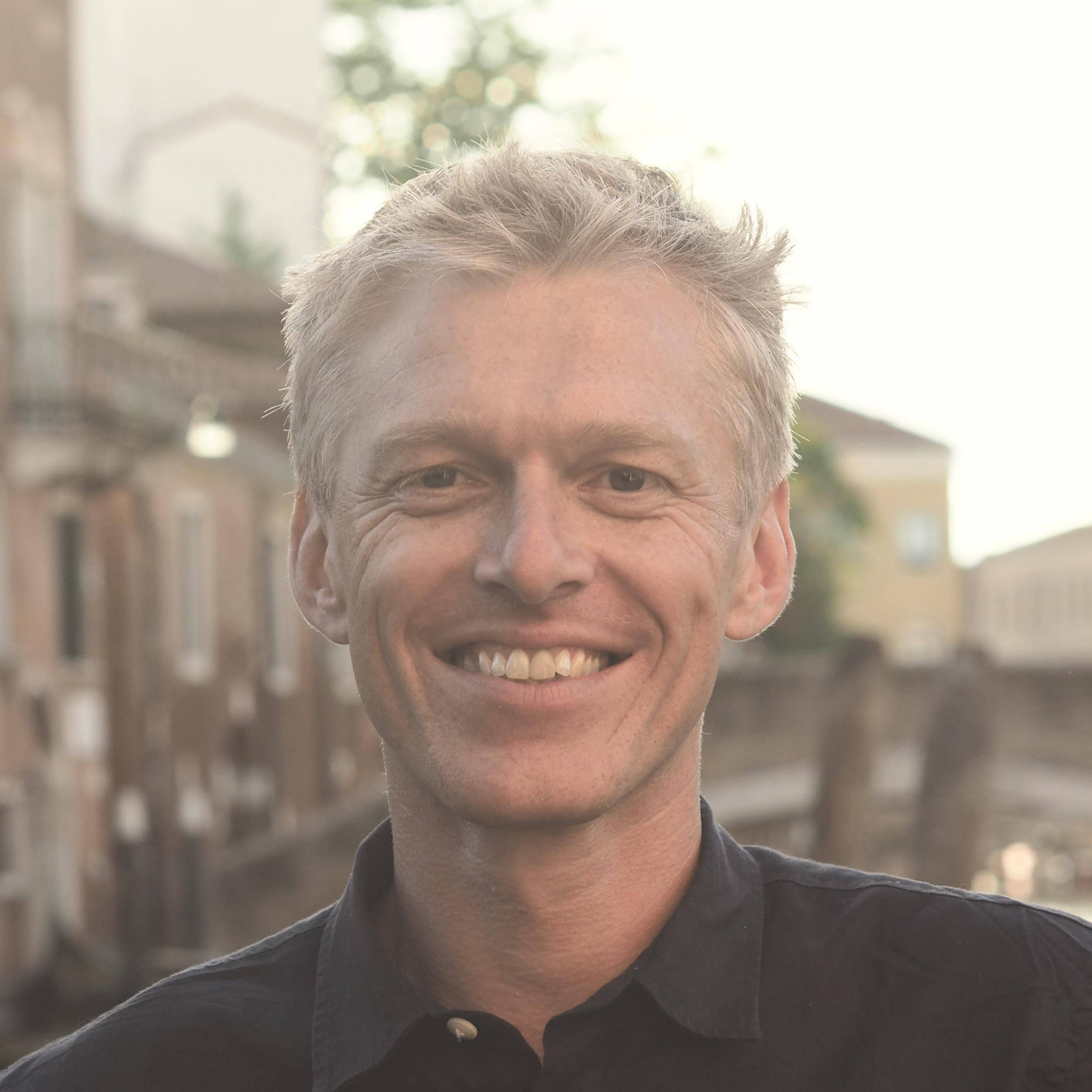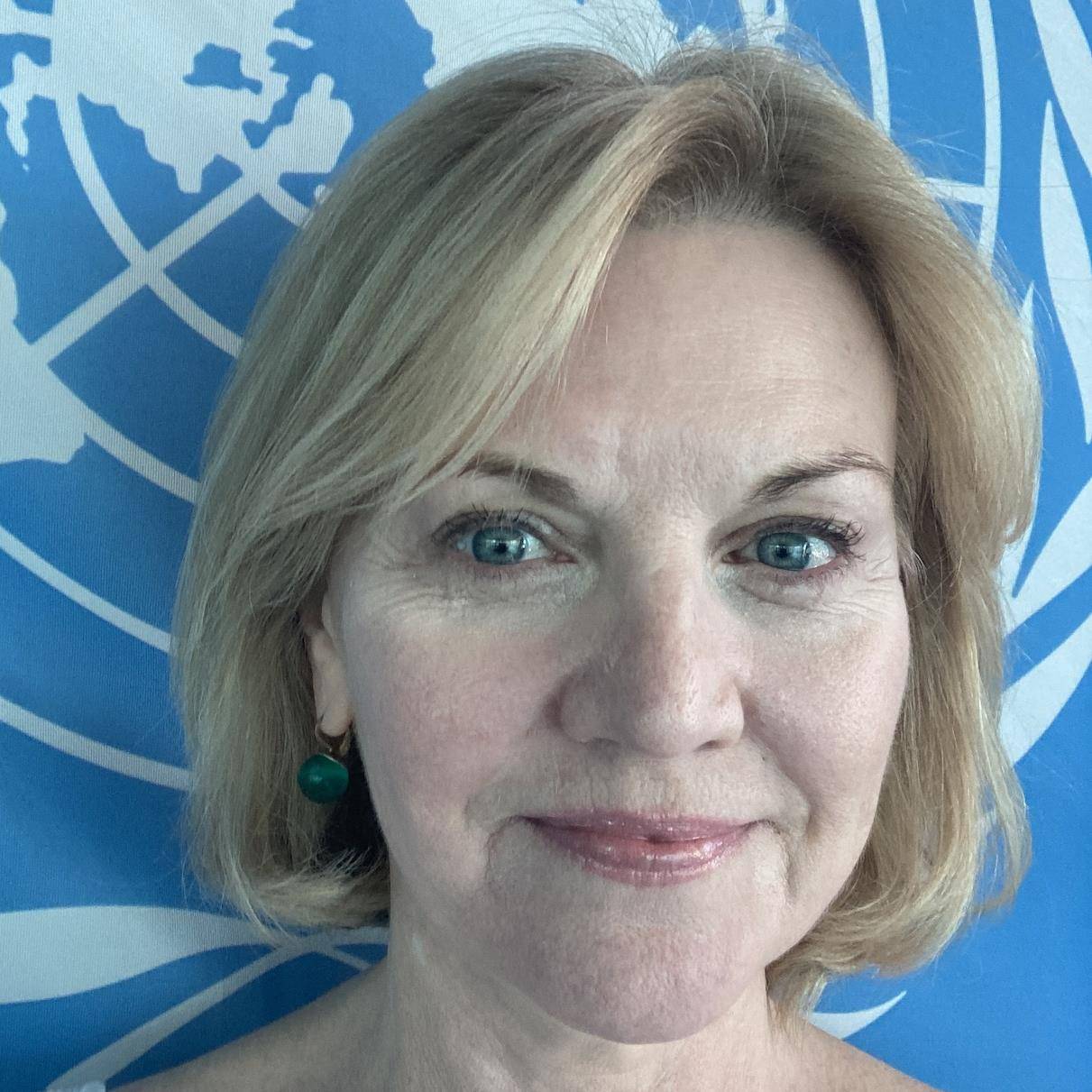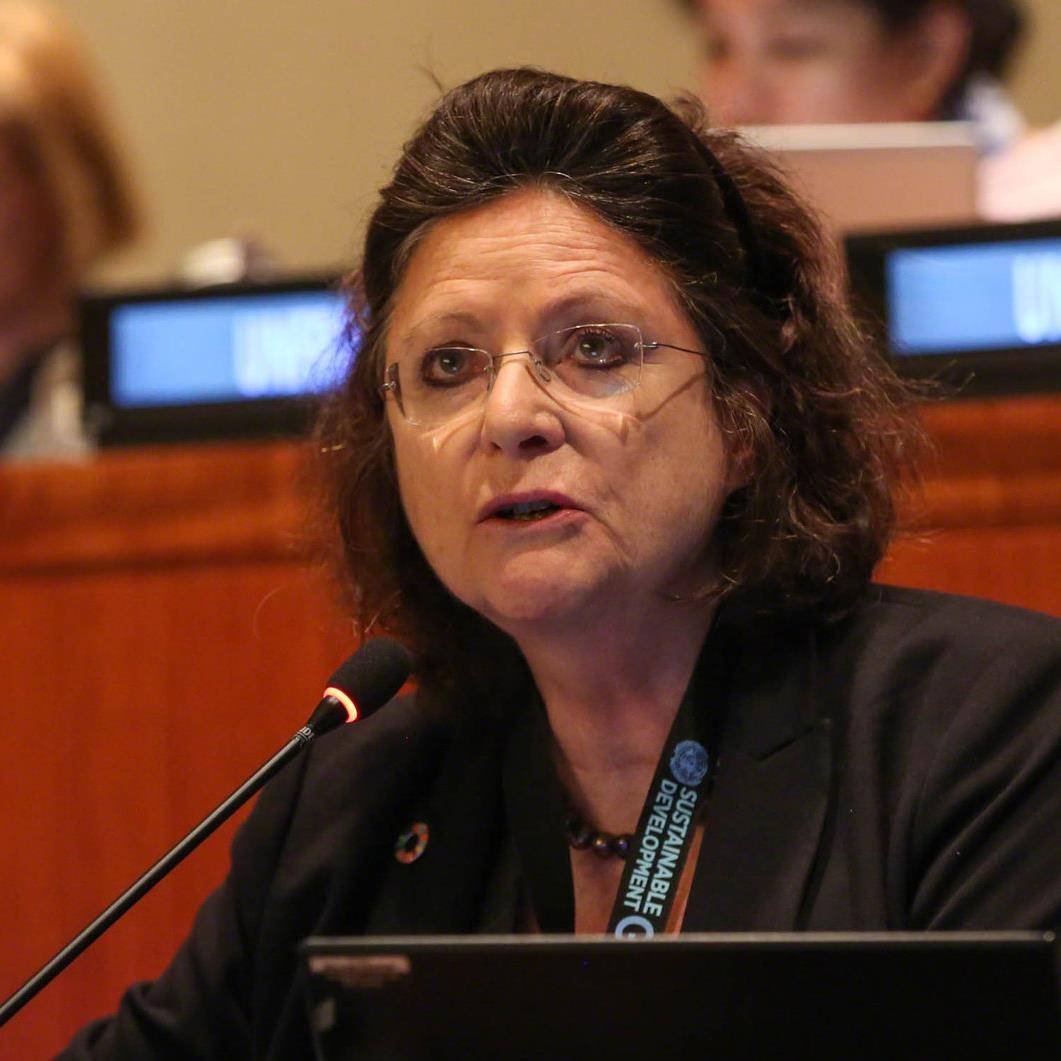Advances in Multi-Hazard Risk and Resilience
Disaster risk assessment; Socioeconomic resilience; Hazard information profiles The session delves into the intricate dynamics of addressing interdependencies between natural hazards, the resulting multi-hazard risks, and how we can enhance the resilience of communities to them. The session brings together recent advances in these fields, including assessing and managing multi-hazard risks, quantification of socioeconomic resilience, and updates of the Hazard Information Profiles.
The session included inputs from the 3rd International Conference on Natural Hazards and Risks in a Changing World, held in June 2024 in Amsterdam, which highlighted the increasing importance of taking a multi-risk approach to addressing and managing risks from natural hazards. A new generation of early career researchers and professionals passionate on this subject is driving advances in the field, so the future is bright. The session further discussed the UNDRR/ISC Hazard Information Profiles (2021). Understanding hazards in all scientific and socioeconomic environments are essential for better development and updating of national and local disaster risk reduction strategies and loss databases, as well as integrating disaster risk reduction into national statistics, legal, accounting and regulatory frameworks and public and private policy, financing and investment decisions. – these are now being updated for the Eighth session of the Global Platform for Disaster Risk Reduction (GP2025). Last but not least, the session discussed the concept of socioeconomic resilience. Disaster risk assessments typically focus on asset losses to quantify the impacts of natural hazards, often neglecting distributional effects, the socioeconomic heterogeneity of the people affected, and the temporal dimension of reconstruction. Socioeconomic resilience assessment expands traditional risk assessment to also consider country’s and people’s capacity to recover from disasters. The World Bank has been pioneering this approach through the use of Unbreakable model, and in their latest update applied this approach to 127 countries globally. Organized by: GFDRR/World Bank; VU Amsterdam; International Science Council; UK Health Security Agency



